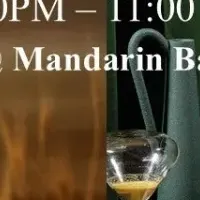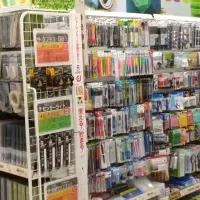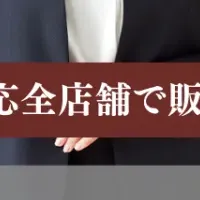
Southeast Asia's Lead-Acid Battery Market Expected to Surge by $1.3B by 2029
Lead-Acid Battery Market Growth in Southeast Asia
The lead-acid battery market in Southeast Asia is poised for significant growth, with projections indicating an increase of USD 1.3 billion from 2025 to 2029. This surge is primarily attributed to the thriving automotive industry in the region. According to a report by Technavio, the compound annual growth rate (CAGR) is slated to reach about 6.8% during this forecast period.
With countries like Indonesia experiencing rapid urbanization and population growth, there is an escalating demand for automobiles. Cars and buses are becoming more prevalent on the roads, leading to a corresponding rise in the need for lead-acid batteries, which are essential for vehicle ignition and lighting systems. As more vehicles are introduced, the market for lead-acid batteries will inevitably follow suit, providing a lucrative avenue for growth.
The affordability and mature technology of lead-acid batteries have solidified their market position in Southeast Asia, allowing them to capture a substantial share compared to alternatives such as lithium-ion and nickel-metal hydride batteries. However, environmental and health concerns related to lead oxide toxicity remain a significant drawback.
In Southeast Asia, these batteries are predominantly utilized in various sectors, including automotive and industrial applications. The adoption of flooded lead-acid (FLA) and valve-regulated lead-acid (VRLA) battery types is most common. FLA batteries, known for their reliability and cost-effectiveness, dominate the market due to their extensive use in automobiles and renewable energy setups.
Notable manufacturers tailors their offerings to meet the rising energy storage demands. Companies such as GS Yuasa, Exide, and Century Batteries play a crucial role in providing customized solutions for diverse applications, ultimately driving the market’s growth. This ability to adapt to various needs will ensure that the lead-acid battery market will continue to thrive.
Given the fragmentation within the industry, an increasing number of companies are actively seeking strong partnerships with automotive, industrial, and commercial stakeholders to enhance their market competitively. Key players like Accumulatorenwerke HOPPECKE, ACE Green Recycling Inc., and Johnson Controls International, among others, are gearing up to exploit these emerging opportunities.
However, the market does face challenges. The primary issues include environmental hazards posed by lead-acid batteries and the ongoing advancement of safer, more environmentally-friendly alternatives. Despite these drawbacks, the reliance on lead-acid batteries remains strong in many industries due to budgetary constraints.
Looking ahead, the lead-acid battery market in Southeast Asia is on a path of growth, driven by the automotive sector's expansion and the increasing demand for energy storage solutions. Companies that adapt to these changes will likely benefit from the booming market landscape. Such shifts remind stakeholders of the importance of balancing profitability with sustainable and eco-friendly innovations to mitigate environmental impacts.
As the market evolves, continuing developments in technology and consumer preferences will shape the landscape, leading to a promising outlook for the lead-acid battery industry in the region over the next five years and beyond.
Topics Consumer Products & Retail)










【About Using Articles】
You can freely use the title and article content by linking to the page where the article is posted.
※ Images cannot be used.
【About Links】
Links are free to use.